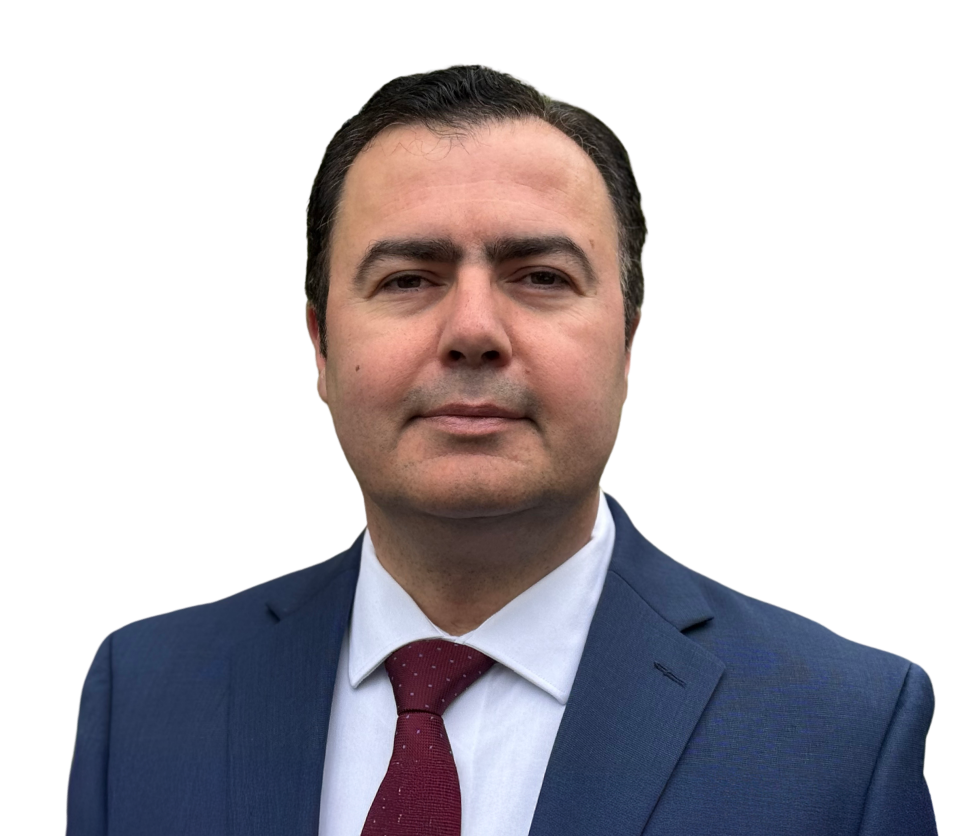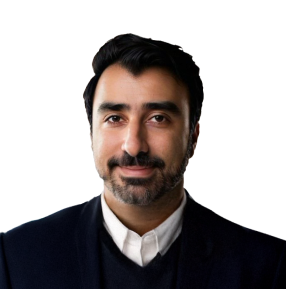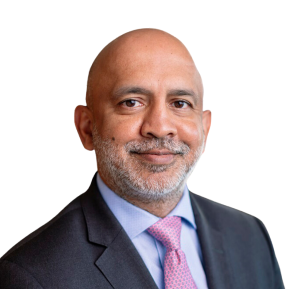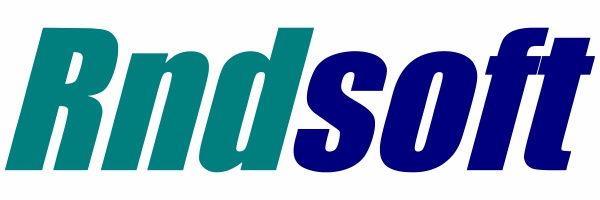Meet Our Featured Speakers
Wearable Health AI
The next wave of healthcare innovation will include AI-driven wearables, next-generation biometric sensing, digital twins for patients, privacy-focused data ecosystems, and interoperable health intelligence platforms.
Show more
AI-powered health technology is rapidly transforming how care is delivered, monitored, and optimized. In a world with aging populations, rising chronic conditions, and growing pressure on medical staffing, next-generation wearable devices have become essential tools for enabling a more proactive, connected, and intelligent healthcare system. While early digital health efforts focused on isolated fitness tracking and basic telemedicine, today’s progress is driven by AI-powered insights, continuous monitoring, and real-time intervention. These advances help clinicians and patients anticipate issues before they escalate.
How Wearable Health AI Is Transforming Patient Care
Health AI continues to evolve alongside advances in real-time analytics, edge computing, and behavioral modeling. Today’s health technology marketplaces are focused on simplifying data collection and interpretation, reducing clinical workloads, and accelerating decision-making. The broader goal is to remove barriers between patients and personalized care. Low-code clinical dashboards, device-agnostic platforms, and explainable AI are gaining momentum, supporting scalable integration across care settings and improving time-to-treatment for a wide range of conditions.
This revolution is also creating new roles for patients. With wearable AI devices that can track heart rate variability, sleep architecture, blood glucose, blood oxygen, gait irregularities, and emotional states, the boundary between passive monitoring and intelligent coaching is emerging as less distinct. Patients are taking a more active role in their health journeys, supported by intelligent companions worn on the wrist or chest, and in some advanced cases, implanted under the skin. The design of these devices increasingly emphasizes continuous sensing, minimal invasiveness, and privacy-focused edge AI that processes health data locally and securely.
Digital Twins, Virtual Models, and Health Ecosystems
At the same time, healthcare institutions and med-tech innovators are adopting patient-specific digital twins, which are virtual models that replicate physiology, disease progression, and treatment response. These models support personalized medicine simulations and speed up innovation cycles by allowing digital testing before human trials begin. Clinical engineers and AI scientists are now working together within secure data platforms, where sensitive health information can be shared across trusted networks under strict compliance protocols. This approach enables powerful cross-institutional collaboration without compromising patient privacy.
The foundational work of electronic health records and basic device connectivity is now evolving into secure, interoperable health data spaces. These platforms support real-time visualizations of patient status and system-wide health trends, helping care teams respond more quickly and effectively. Shared data ecosystems also enable the training of federated machine learning models, allowing new clinical applications to emerge without centralizing data. This approach is a crucial step in maintaining regulatory compliance while advancing innovation.
Wearable AI’s Expanding Role, and the Emerging Risks
This new chapter in wearable health AI presents unprecedented opportunities. We now envision a world where AI-powered health agents support medication adherence, mobile devices detect pre-diabetic signals and initiate dietary coaching, and augmented clinicians work alongside AI to reduce diagnostic error rates. However, these advancements also come with growing responsibilities. Cybersecurity, data integrity, and the ethical use of AI have become urgent priorities in boardrooms across the healthcare sector. Trust in these systems is essential, as the industry faces heightened scrutiny over algorithmic bias, device reliability, and transparency around patient consent.
Health AI Summit 2026 will bring together healthcare organizations, technology providers, investors, policymakers, and academic leaders to shape the future of AI-driven wearable health. This event represents a pivotal moment when the promise of personalized, predictive, and preventive medicine must be delivered safely, ethically, and at scale.
Topics on the agenda
LEVERAGING AI IN ENTERPRISE STAFFING POOL TO ADVANCE TJC 2026 NATIONAL PATIENT SAFETY GOALS
Day 1: undefined
09:40 - 10:05
THE DEATH OF THE INTERFACE: WHY THE FUTURE OF AI IN HEALTHCARE IS INVISIBLE
Day 1: undefined
10:10 - 10:35
COLLECTIVE INTELLIGENCE IN HEALTHCARE: TURNING DATA INTO GLOBAL PRECISION MEDICINE
Day 1: undefined
12:00 - 12:25
SUBSCRIBE FOR UPDATES
By submitting, you agree to receive email communications from the event organizers, including upcoming promotions and discounted tickets, news, and access to related events.

























